The Chinese Elm bonsai tree (ulmus parvifolia) can be kept indoors and outdoors. Chinese Elm bonsai trees have small, green leaves and are easy to prune and look after
Chinese Elm (ulmus parvifolia)
Placement
The Chinese elm can be an indoor or outdoor bonsai. They can be placed in either full sun and/or partial shade. If placing inside, the Chinese Elm bonsai should be positioned in a cool room away from central heating and cold draughts, and kept humid. Your elm can be kept indoors all year round but its growth and health would benefit from the extra sunlight and airflow that the summer months bring, so consider placing outside once it gets warm and sunny. This will help the growth of smaller, tighter leaves as well as avoid the dryness of a hot windowsill.
Chinese elms can also be left outdoors even during winter months and can usually tolerate some frost but this differs depending on its previous climate. However, it is best to put it into a frost-free room such as an unheated greenhouse or a cold frame in the winter to avoid any problems. If you decide to keep your Chinese elm outside all year round then you will see it drop its leaves in winter, and they will start to re-grow around spring. Indoor elms should hold some leaves through the winter if not all of its foliar.
Watering
There is no definitive guide to watering and it should be conducted on an observational schedule, not a routine. This means that it is important to keep an eye on the moisture levels of the soil to avoid over and under watering, both of which can lead to dropping leaves and/or root death. The amount of water a bonsai requires depends on pot size, climate, airflow, soil and tree type so it is best to use your eyes and fingers to assess whether the soil is damp, wet or dry. As a general guide, if the top inch or so has dried, it is ready to be watered. When you water, ensure an even coverage over the roots and soil, allowing water to flow out from the bottom of the pot to allow for a good soaking. Never let the soil dry out completely and never let your bonsai sit in water for long periods of time.
The Chinese elm bonsai tree also benefits from slightly higher humidity levels. This can be achieved by using a mister to spray the leaves, as well as placing a gravel tray under the pot to create a more humid microclimate around the tree.
Feeding and fertilizing
Using fertiliser on your Chinese elm bonsai tree will help encourage healthy growth and this should be done periodically from once a week to every two months and only during the growing season. You can start adding nutrients to your water from March until October and use weekly. If using solid fertilizer, use once every one to two months. With bonsai trees, less is more and we tend to advise using half the recommended dosage to see how your bonsai reacts first.
Pruning and wiring
Pruning your bonsai is important not only to maintain or create an aesthetic style but to also ensure light and airflow can reach inner foliage. The Chinese Elm bonsai tree thickens rapidly and will grow fast if left unchecked. Frequent trimming will produce a dense network of fine branches (ramification) and it responds well to hard pruning. To do this, during the late autumn months, use appropriate tools to cut back stems which have grown longer than three or four leaves, leaving the two leaves which are closest to the stemintact.
Training your bonsai using wiring is best done during the late autumn dormancy period and the Chinese elm bonsai tree is especially rewarding to work with. Using both normal wiring and guy wires will achieve good results.
Repotting
Repotting your tree is an important way to provide a fresh and suitable soil mix and ensure appropriate root health. As a general rule, your Chinese elm bonsai tree will need to be re-potted every other year, and only in spring, but you should check if it has become root-bound before you change pots. You can do this by lifting the tree gently out of the pot by the main trunk and examining the root system. You will know it is ready if you can see the roots are circling around each other and the pot. If, however they still appear contained in the soil, you should place it back and wait until the following spring to check again. When pruning the roots, take care to be precise since the elm produces crooked and intertwined roots, and does not respond particularly well to aggressive root pruning. After repotting, water thoroughly and avoid stressing the elm and to allow the new roots to grow.
Showing 1–20 of 72 results
-
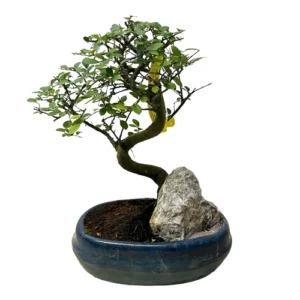
Breathtaking Chinese Elm 35cm
£65.00 Add to basket -
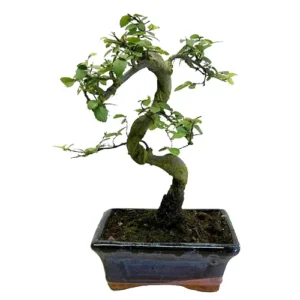
Artistic Chinese Elm 34cm
£35.00 Add to basket -
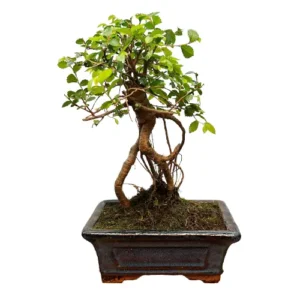
Chinese Elm 29cm
£35.00 Add to basket -
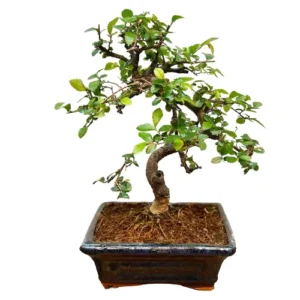
Chinese Elm 32cm
£35.00 Add to basket -
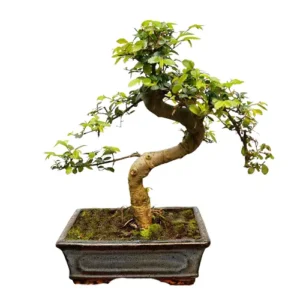
Chinese Elm 36cm
£45.00 Add to basket -
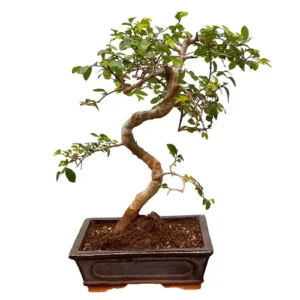
Structured Chinese Elm 41cm
£45.00 Add to basket -
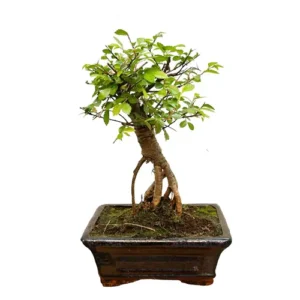
Exposed Root Chinese Elm 30cm
£35.00 Add to basket -
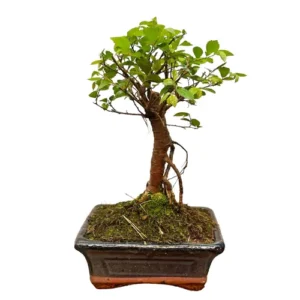
Upright Chinese Elm 30cm
£35.00 Add to basket -
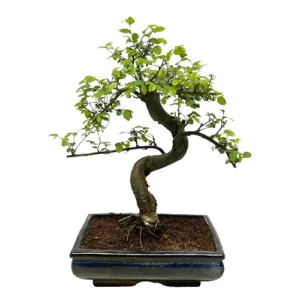
Artistic Chinese Elm 42cm
£100.00 Add to basket -
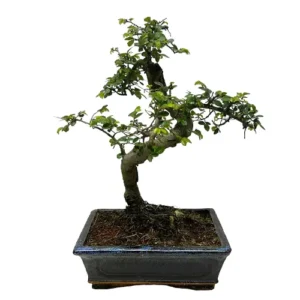
Blush Chinese Elm 35cm
£45.00 Add to basket -
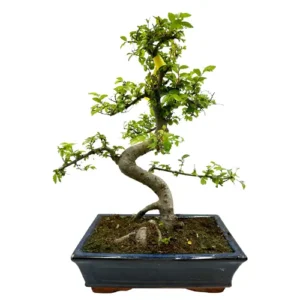
Charm Chinese Elm 42cm
£80.00 Add to basket -
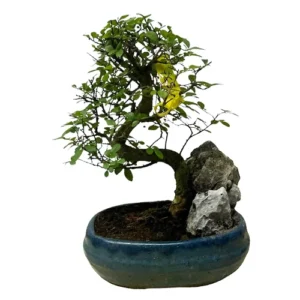
Charming Chinese Elm 30cm
£65.00 Add to basket -
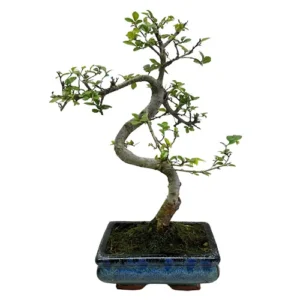
Decorative Chinese Elm 33cm
£35.00 Add to basket -
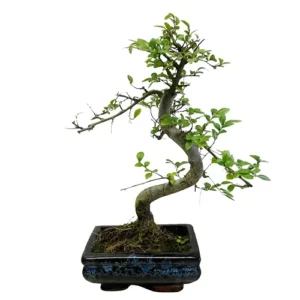
Elegant Chinese Elm 34cm
£35.00 Add to basket -
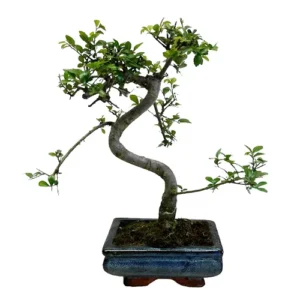
Exotic Chinese Elm 33cm
£35.00 Add to basket -
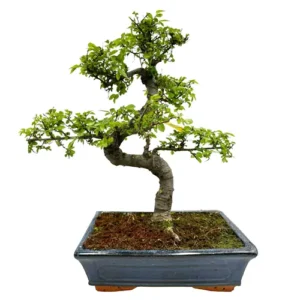
Glorious Chinese Elm 41cm
£80.00 Add to basket -
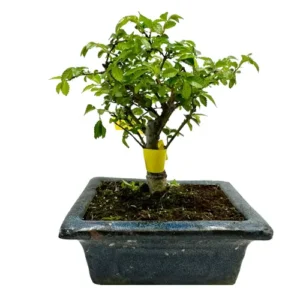
Gorgeous Chinese Elm 18cm
£20.00 Add to basket -
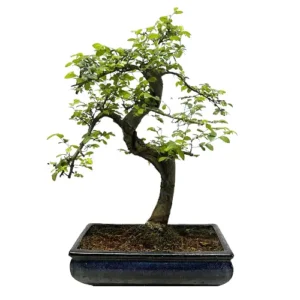
Hand – Arranged Chinese Elm 45cm
£100.00 Add to basket -
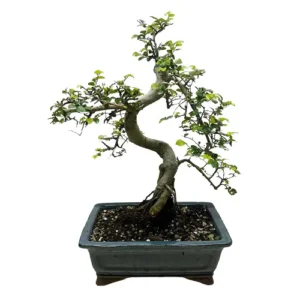
Mature Chinese Elm 40cm
£65.00 Add to basket -
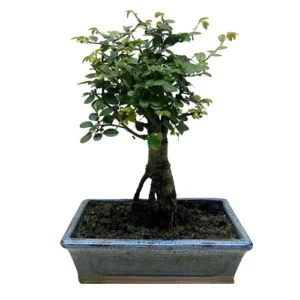
Peaceful Chinese Elm 32cm
£45.00 Add to basket
